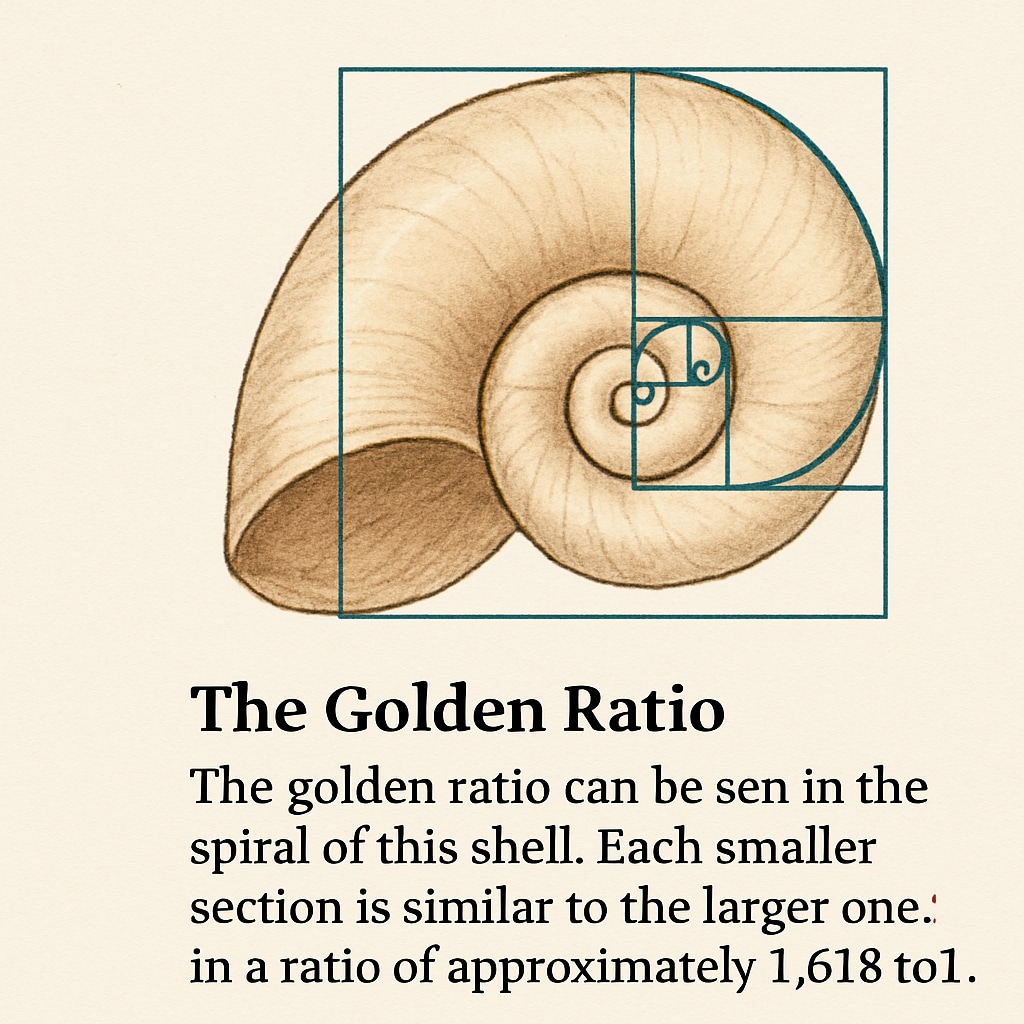When children ask, “Why do I have to learn math?”, it’s a question that often leaves parents and educators searching for the right words. While responses like “It’s essential for your future” or “You’ll need it for your job” might be true, these explanations rarely resonate with young learners. Instead, addressing this question effectively requires a blend of educational communication, relatable examples, and a focus on fostering deeper learning motivation. By understanding the role of math in life and presenting it in a language children can connect with, parents and educators can help build a lasting appreciation for the subject.
Understanding the Root of the Question
When children question the value of learning math, it’s important to understand the underlying reason. Are they struggling with the concepts? Do they find it boring? Or are they simply curious about its practical applications? Identifying the root cause can guide your response. For instance, if a child feels overwhelmed, offering encouragement and showing them how math relates to their interests could help. On the other hand, if they’re curious, engaging them with real-world examples can be more effective.

Connecting Math to Everyday Life
One of the most effective ways to explain the importance of math is by linking it to everyday situations. For example:
- Shopping: Show how math helps in budgeting or calculating discounts at the store.
- Cooking: Highlight how recipes involve fractions and measurements.
- Games: Explain how sports statistics or board games rely on mathematical thinking.
By demonstrating how math is woven into daily activities, children can start to see it as a useful and practical tool rather than a set of abstract numbers and symbols.
Inspiring Curiosity Through Stories and History
Math has a rich history filled with fascinating stories that can captivate children’s imaginations. For instance, the concept of the golden ratio, often found in art, nature, and architecture, can show the beauty of math in the world around us. Sharing stories about famous mathematicians, like Ada Lovelace or Srinivasa Ramanujan, can also inspire children by showing how math has shaped history and the modern world. For more, you can explore resources such as the Golden ratio on Wikipedia.

Encouraging Problem-Solving and Critical Thinking
Another way to foster a connection with math is by emphasizing its role in developing problem-solving skills. Math teaches logical reasoning, pattern recognition, and analytical thinking—all critical skills for life and various careers. For example, engineers use geometry to design structures, and computer scientists rely on algorithms to develop software. Highlighting these connections can help children see math as more than just numbers on a page. A detailed explanation of these concepts can be found on Britannica’s mathematics section.
Fostering a Growth Mindset About Math
Finally, it’s essential to encourage a growth mindset, the belief that abilities can be developed through effort. When children struggle with math, they may think they’re “not good at it.” Reassure them that learning math is a process and that mistakes are an important part of growth. Share examples of challenges you’ve overcome in learning or practicing math, reinforcing the idea that persistence pays off.
By combining empathy, relatable examples, and engaging stories, parents and educators can transform a child’s perception of math from a chore into an exciting opportunity to explore the world. As a result, children will not only develop a stronger connection to the subject but also a lifelong motivation to learn.


